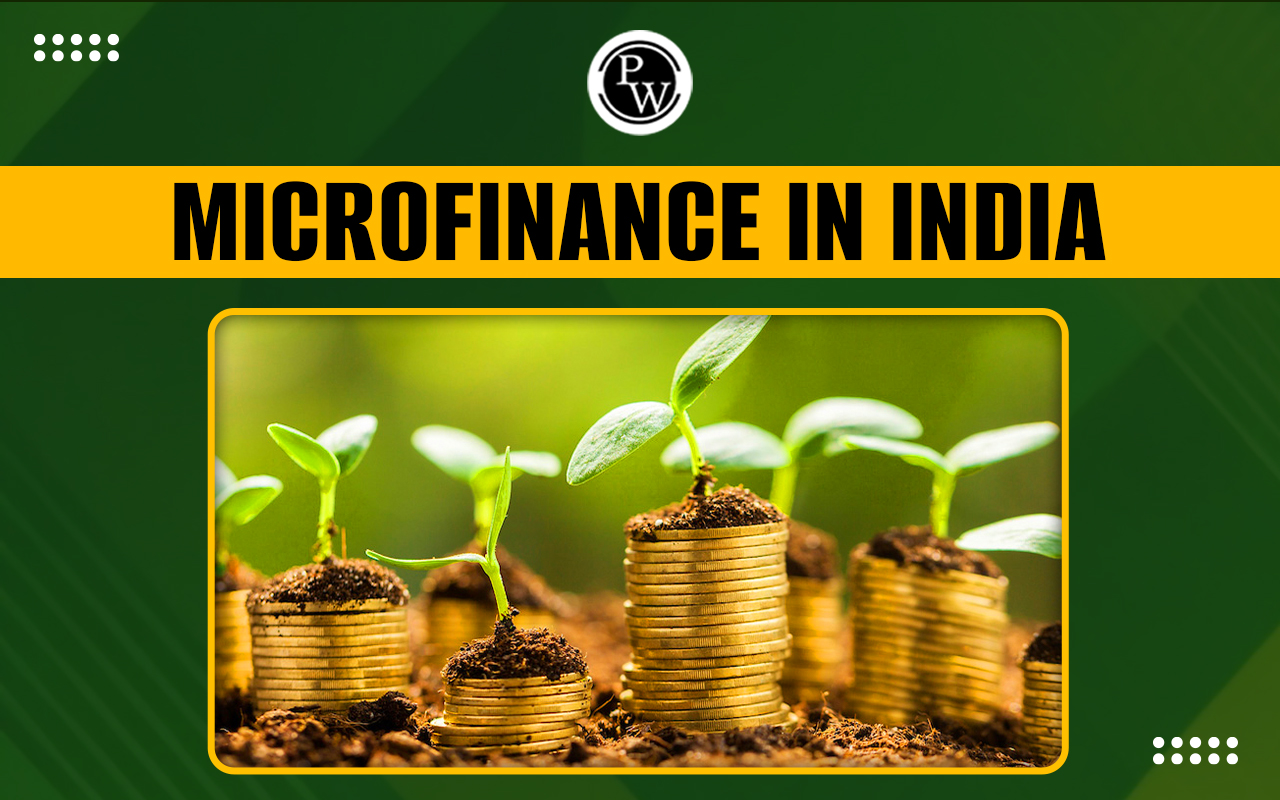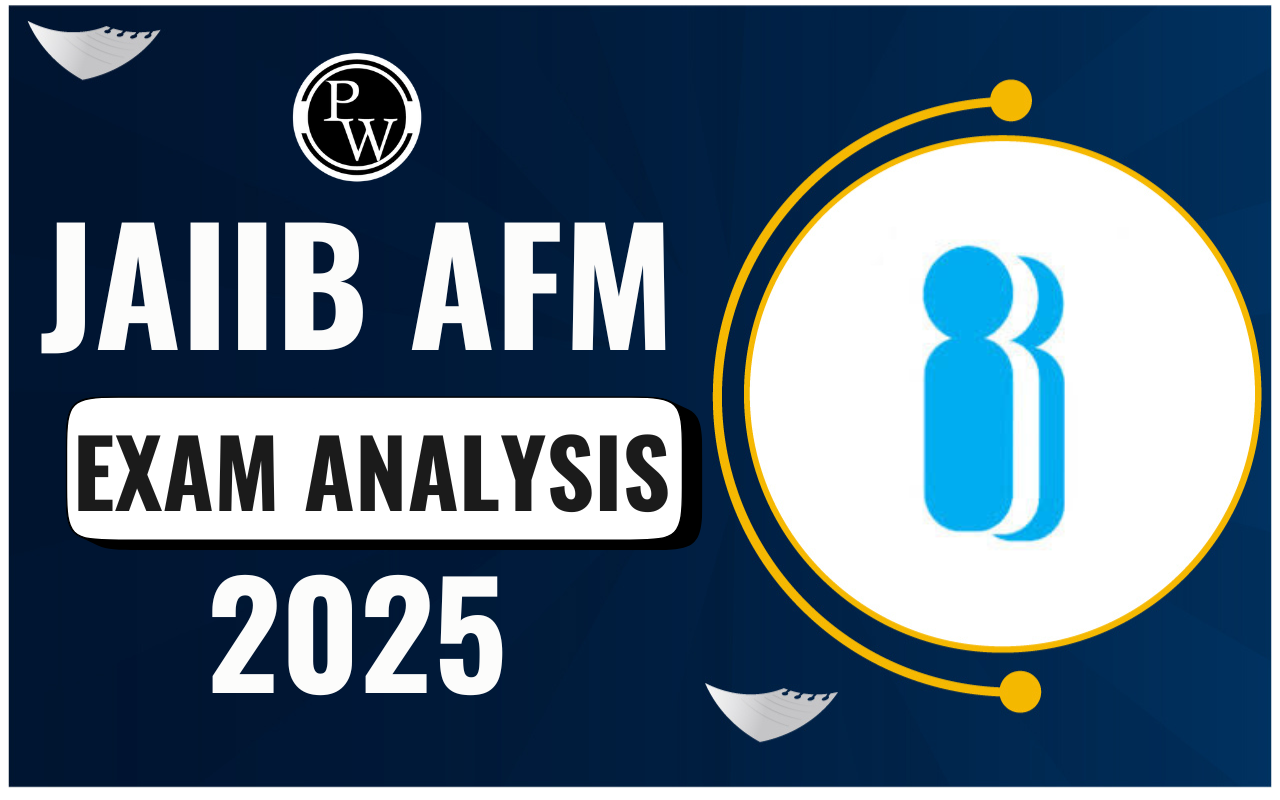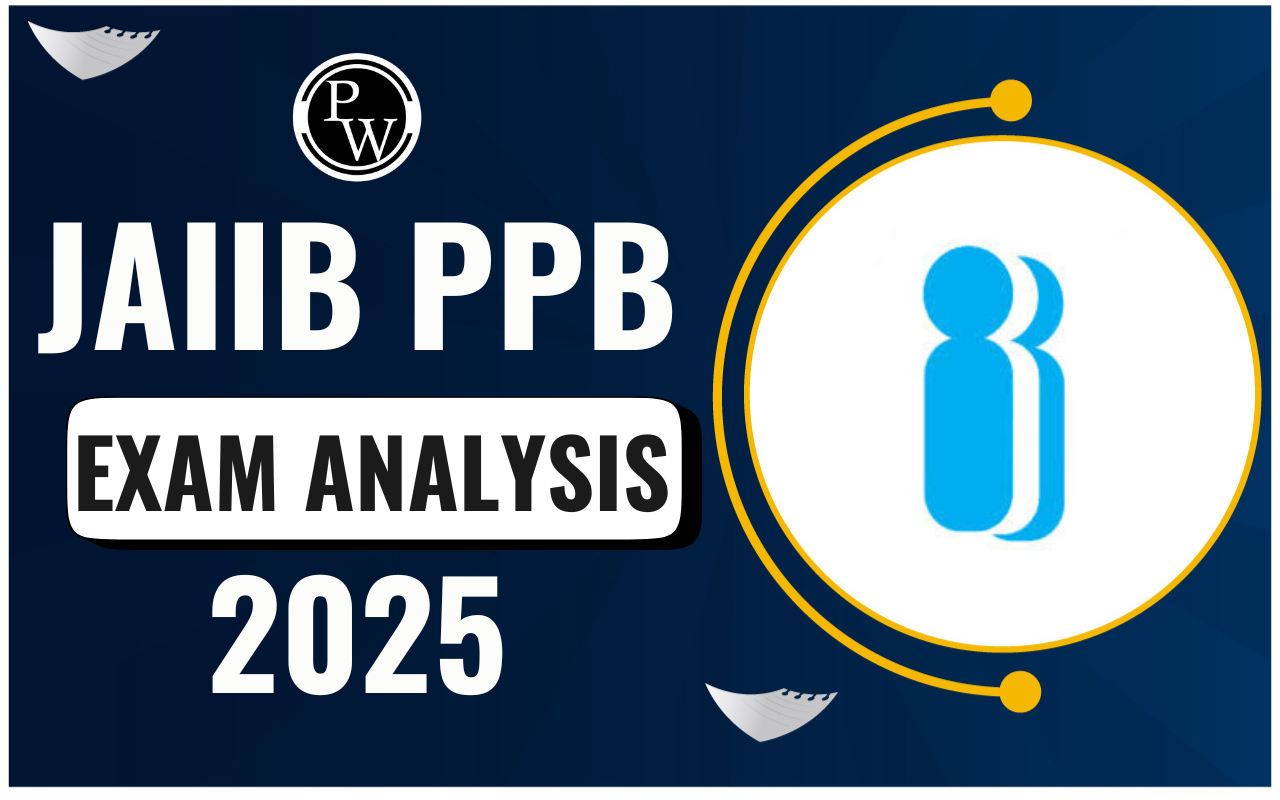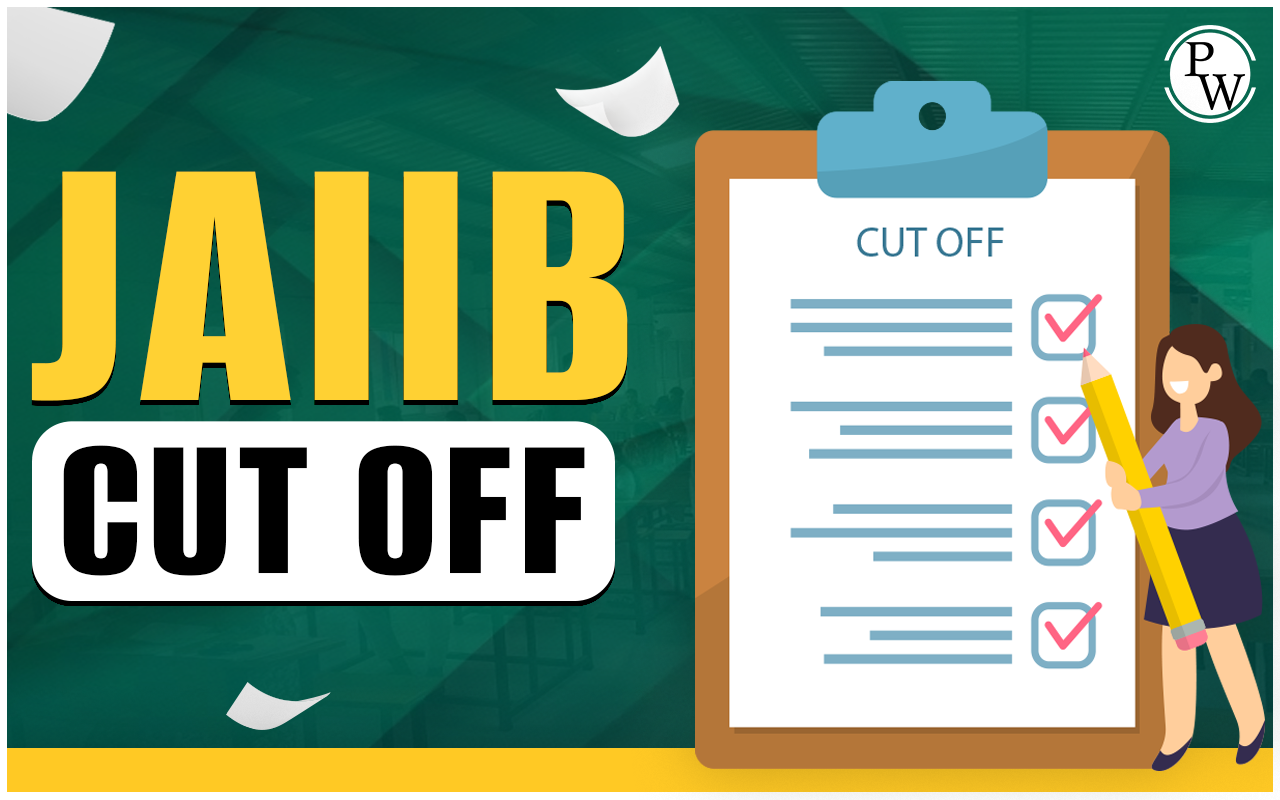

Microfinance in India: Microfinance is a term for financial services offered to people from weaker socio-economic backgrounds or who do not have access to traditional financial services. Microfinance includes a range of services such as savings accounts, checking accounts, remittances, micro insurance, and microcredit.
Microfinance in India originally originated from microcredit, which provides very small loans to those without a stable source of income, collateral, or credit history. It also aims to support and launch entrepreneurs who lack the financial support to start a small business or make an idea profitable.Microfinance in India
The purpose of Microfinance is similar to that of microcredit; its goal is to provide financial services that help encourage entrepreneurs in poor countries to act on their ideas access available financial instruments and ultimately become self-sufficient. Its other general goals are promoting economic development, reducing unemployment, and revitalizing small businesses. In addition, some microfinance institutions offer financial and business training to best set up their clients' small businesses or operate effectively as entrepreneurs.History of Microfinance
- Microfinance appeared in the middle of the 19th century.
- In the 19th century, Lysander Spooner offered small loans to entrepreneurs and farmers to alleviate poverty.
- Friedrich Wilhelm Raiffeisen founded the first credit cooperative bank to help farmers in rural Germany.
- The term "microfinance" was coined during the growth of Grameen Bank of Bangladesh in the 1970s, founded by microcredit pioneer Muhammad Yunus.
- Grameen Bank formalized microcredit practices after its establishment in 1976.
- Many people in developing countries still depend on subsistence farming or trading in staple foods for their livelihood, and the smallholder has received considerable support.
Role of Microfinance in India
Microfinance institutions have a specific focus: they aim to provide banking services to poor individuals and groups, and they receive funding from established financial institutions to support disadvantaged people. Thus, these institutions have become effective tools in the fight against poverty in India. Microcredit services are offered from several sources, including:- Formal institutions such as rural banks and cooperatives.
- Semi-formal organizations, often NGOs.
- Informal sources include small moneylenders and shopkeepers.
- Institutional microfinance covers the offerings of both formal and semi-formal institutions, and some MFIs are well-managed and independent in their operations.
- Commercial banks.
- Credit unions.
- Non-governmental organizations
- Sectors of state-owned banks.
- Cooperatives.
Microfinance in India
By March 31, 2022, the program will cover 140 million families and 11.9 million SHG groups, saving a total of $472.4 billion. In the Financial Year 2021-22, 3.4 million SHGs were credit-linked and disbursed loans worth $997.2 billion, with a credit balance of $1,510.5 billion from 6.74 million SHGs (an average of $0.24 million per SHG approximately). The E-Shakti program will digitize details of over 1.2 million SHGs to facilitate credit linkages with banks to improve the process. The figure below shows the state credit link situation of SHGs on December 31, 2022, where 57% of SHGs with savings have bank loans. Nine states have debt-to-equity ratios higher than the all-India average, with Andhra Pradesh leading the way as 90% of SHGs have outstanding loans. Next come Bihar (89%) and Karnataka (87%). Southern and Eastern states and Tripura dominate the list.Self Help Group (SHG): Self Help Group is a group of people with similar socio-economic backgrounds. These small business owners come together for a limited time to form a common fund for mutual business needs. These organizations are classified as non-profit organizations. The collection is done in a group. This type of group loan does not require collateral. In addition, interest rates are often cheap. Several banks have entered into partnerships with SHGs to increase financial inclusion in rural areas of the country.
Joint Liability Group (JLG) : It is usually an informal group of 4-10 people who apply for a loan based on a mutual guarantee. Loans are usually used in agriculture or related activities.
This group of borrowers includes farmers, agricultural laborers, and tenants. Each JLG member is equally responsible for the timely repayment of the loan. This institution does not require financial management.Grameen Model Bank: Nobel laureate Prof. Muhammad Yunus developed the Grameen model in the 1970s in Bangladesh. This prompted India to establish Regional Rural Banks (RRBs). The main objective of this approach is to grow the rural economy from start to finish.
Rural Cooperatives: When India became independent, rural cooperatives were established. Through this fund, the resources of the poor were pooled and financial services were provided.
Benefits of Microfinance
- People can use microfinance as a source of capital. It also empowers women, which can lead to financial stability for families.
- In addition, the International Finance Corporation (IFC) predicted that since 2014 more than 130 million people directly benefit from microcredit.
- However, only about 20% of the world's poor, or three billion people, benefit from this microcredit for companies.
- In addition, IFC has helped establish or improve credit reference offices in 30 developing countries.
- According to the World Bank, more than 500 million people have benefited from microcredit organizations.
Microfinance FAQs
Q1. What is Microfinance?
Q2. What is the History of Microfinance in Finance?
Q3. Who coined the word microfinance?
Q4. What are the Benefits of Microfinance?











